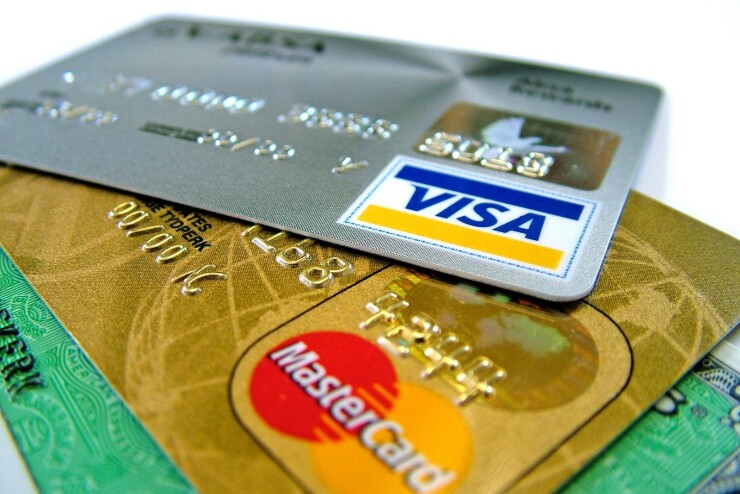U.S. consumer debt growth eased in February and was less than forecast as Americans tapped credit cards, signaling consumption remained stable early this year.

Total credit climbed $15.2 billion from the prior month, missing the $17 billion median estimate of economists, following an upwardly revised $17.7 billion gain in January, Federal Reserve figures showed Friday. Revolving debt outstanding increased the most in three months while non-revolving credit growth slowed.
The data suggest consumers remained willing to spend in the first quarter, with activity propelled by a healthy labor market and steady wage gains. While weaker than expected, data still point to a confident consumer.
The University of Michigan’s March sentiment index advanced to the highest this year, though the Conference Board confidence measure was more muted. Credit expanded at a 4.5% annual rate after 5.3% in the prior month.
Revolving credit outstanding, which includes credit card debt, increased $2.95 billion after a $2.62 billion advance. Non-revolving debt outstanding climbed $12.2 billion after $15.1 billion. Such debt includes loans for school and automobiles. The gain is in-line with separate data showing sales of vehicles slowed in January and February.
Lending by the federal government, which is mainly for student loans, expanded by $5.6 billion before seasonal adjustment. The central bank’s consumer credit report doesn’t track debt secured by real estate, such as home equity lines of credit and home mortgages.





